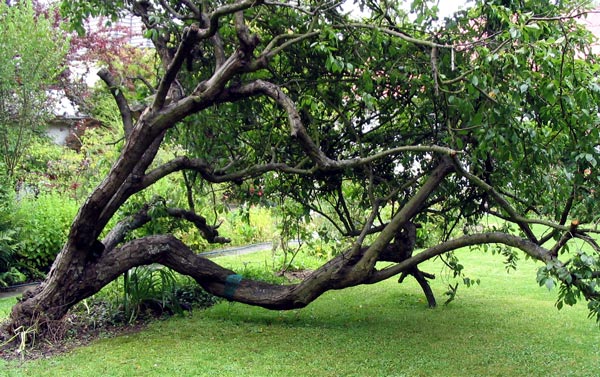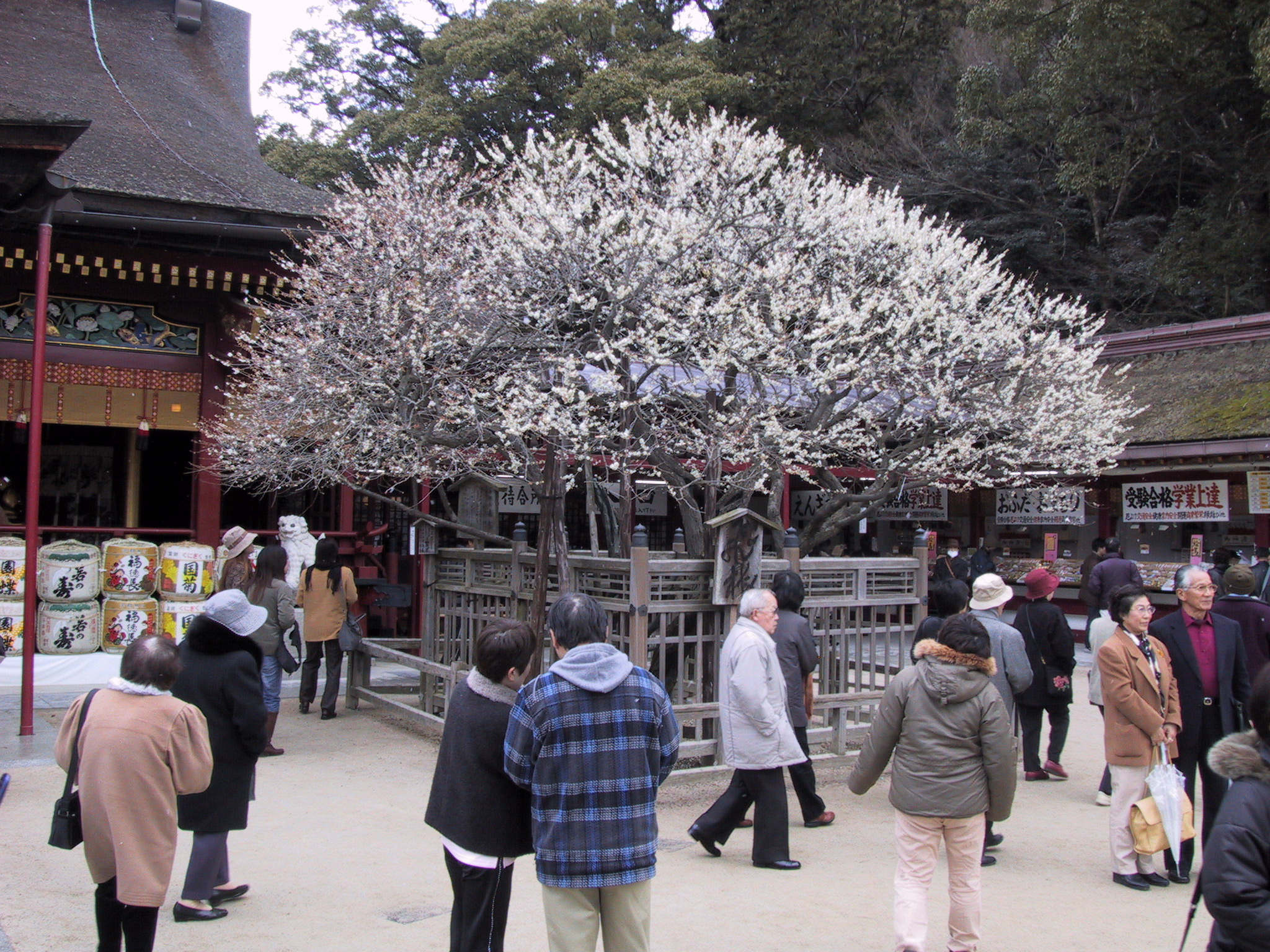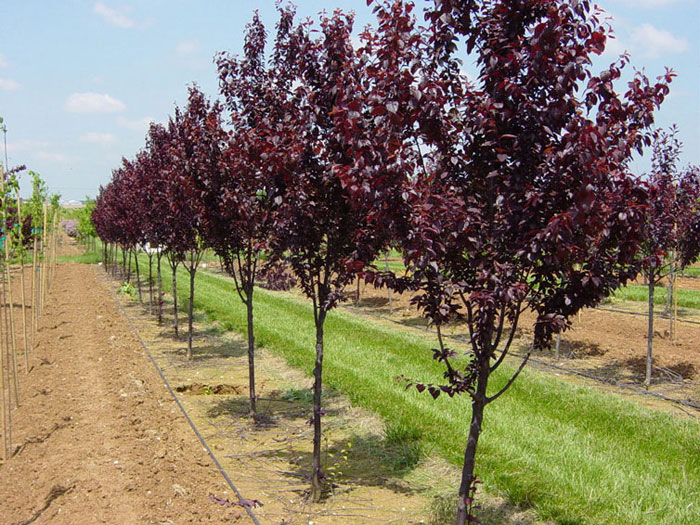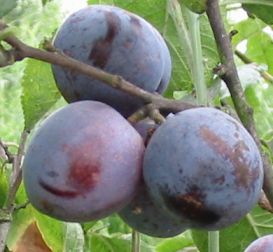Plum Tree Biography
Plums are of three different types belonging to the European, Damson and Japanese groups. Of the three groups, the European types are most satisfactory for Ohio conditions. Familiar varieties of the European type are Stanley, Reine Claude (Green Gage) and the French and German prune (Fellenburg) types. The European-type plums are best for eating out-of-hand and for canning.
The Damson type plums also grow well in Ohio, but because the fruit is very tart, the plums are used chiefly for cooking and preserve making. Examples of Damson-type plums are Shropshire and French Damson.
The Japanese-type plums are generally not satisfactory in Ohio. The primary reason for this is the frequent loss of crops due to poor pollination and spring-frost injury when the trees bloom early in the spring.
Examples of Japanese-type plums are Methley, Shiro, Ozark Premier, Burbank and Elephant Heart.
High quality plums are firm and free from defects such as bruising and insect and disease damage, and they are well shaped and colored. Without a good knowledge of plum cultivar (variety) characteristics, it is difficult to detect when a plum is ripe by color alone. This is because of the many different colors in which the fruits may occur. Plums may be various shades of red, blue, green and yellow. The best guide to plum ripeness is to apply gentle pressure to the fruit with the thumb and determine if the flesh is beginning to soften. If so, the fruit should be ready for consumption. If not, allow the fruit to ripen for a day or so at room temperature. Prevent the plums from becoming overripe as the eating enjoyment will be reduced because of changes in flesh consistency and flavor. Ripe plums should be stored in the refrigerator to prevent rapid deterioration.
Plums are of three different types belonging to the European, Damson and Japanese groups. Of the three groups, the European types are most satisfactory for Ohio conditions. Familiar varieties of the European type are Stanley, Reine Claude (Green Gage) and the French and German prune (Fellenburg) types. The European-type plums are best for eating out-of-hand and for canning.
The Damson type plums also grow well in Ohio, but because the fruit is very tart, the plums are used chiefly for cooking and preserve making. Examples of Damson-type plums are Shropshire and French Damson.
The Japanese-type plums are generally not satisfactory in Ohio. The primary reason for this is the frequent loss of crops due to poor pollination and spring-frost injury when the trees bloom early in the spring.
Examples of Japanese-type plums are Methley, Shiro, Ozark Premier, Burbank and Elephant Heart.
High quality plums are firm and free from defects such as bruising and insect and disease damage, and they are well shaped and colored. Without a good knowledge of plum cultivar (variety) characteristics, it is difficult to detect when a plum is ripe by color alone. This is because of the many different colors in which the fruits may occur. Plums may be various shades of red, blue, green and yellow. The best guide to plum ripeness is to apply gentle pressure to the fruit with the thumb and determine if the flesh is beginning to soften. If so, the fruit should be ready for consumption. If not, allow the fruit to ripen for a day or so at room temperature. Prevent the plums from becoming overripe as the eating enjoyment will be reduced because of changes in flesh consistency and flavor. Ripe plums should be stored in the refrigerator to prevent rapid deterioration.
Plum Tree
Plum Tree
Plum Tree
Plum Tree
Plum Tree
Plum Tree
Plum Tree
Plum Tree
Plum Tree Pruning
Fruit Trees: Plum Tree 1st Harvest







No comments:
Post a Comment